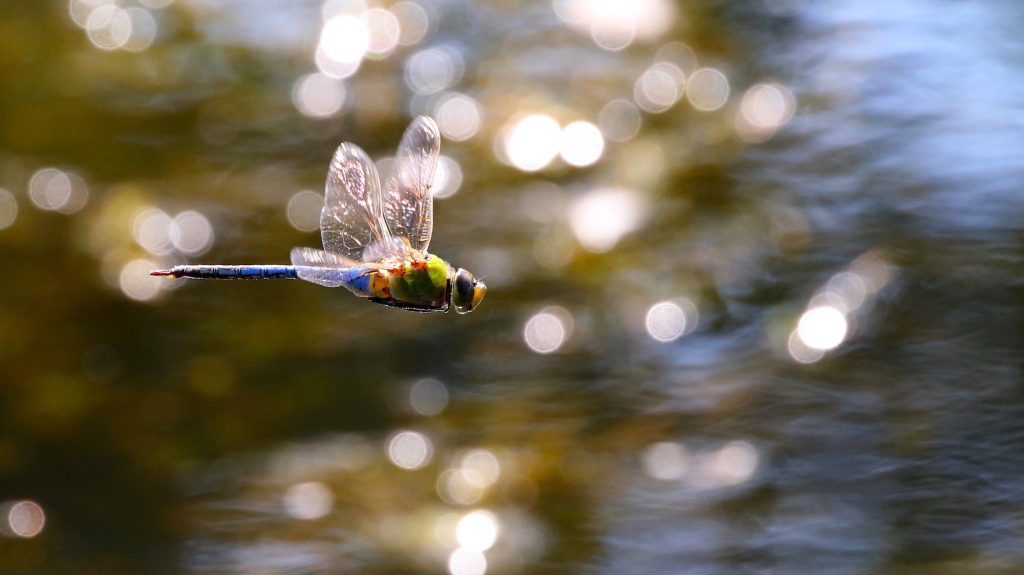Thank you for reading this post, don't forget to subscribe!
When you think of migration, the first creature to pop into your head are probably birds. The second will likely be whales, and the third might be monarch butterflies (Danaus plexippus). You probably have no idea that migratory dragonfly species exist—and that’s because even researchers don’t know a whole lot about them.
And yet, North America may have up to 18 migratory dragonfly species. While some migrate sporadically, others follow familiar seasonal migrations, leaving Canada and the northern United States in late summer and early fall for southern regions like the Gulf Coast and Mexico. Interestingly, their return up north is more difficult to observe, but researchers know it happens because adults reappear in the spring.
If you do know about dragonfly migration—first of all, we’re impressed—secondly, you’ve likely heard about the common green darner (Anax junius). It’s the best-known migratory dragonfly in North America, even though some members of the species stay local. Just because they’re better known, however, doesn’t mean they’re easier to study.
“Unlike monarchs, common green darners are fast fliers,” MaLisa Spring from the Ohio Dragonfly Survey said in a statement by the non-profit Natural Resources Defense Council. “This makes them hard to catch and potentially add identification tags or stickers, and even harder to photograph. Most photo observations are a blur of blue and green, so a tiny sticker doesn’t work so well.”
Presumably, gluing QR codes to them as researchers have previously done with bees would also be a bad idea. Nonetheless, a 2018 study revealed that the species undertakes complex long-distance migrations every year that take various generations and seem to be influenced by temperature, making them particularly vulnerable to climate change.
“With a 4-inch wing span, some green darners can migrate more than 80 miles per day, with some traveling from Canada all the way to Mexico,” reads a social media post by the U.S. Fish and Wildlife Service. “Migration is more concentrated in the fall, sometimes resulting in swarms of dragonflies!”
However, the most impressive migratory dragonfly prize likely goes to the globe skimmer dragonfly (Pantala flavescens), also appropriately known as globe wanderer or wandering glider, which researchers think migrates across the Indian Ocean. After taking into account body size, this hypothesized transoceanic journey would be the longest regular non-stop migratory flight known to science. Talk about a long-haul flight.
While no known migratory dragonfly species in North America are endangered right now, the enduring mystery of dragonfly migration complicates management and conservation efforts in its regard.

